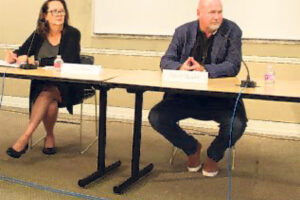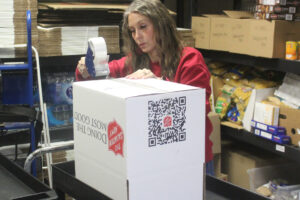An environmental report on the proposed Millennium Bulk Terminals coal-by-rail project released today has found “adverse impacts” to 19 of its 23 environmental study areas, and says the proposed coal terminal would “cause numerous impacts to the environment, local neighborhoods and transportation.”
The report is the final State Environmental Policy Act (SEPA) environmental impact statement. Released by Cowlitz County and the Washington Department of Ecology on Friday, April 28, the report states that the coal-by-rail project would injure fish, pollute the air with greenhouse gas emissions and increase cancer risks to a neighborhood near the proposed terminal site in Longview, Washington.
If approved, the coal project would construct a coal export terminal on a 190-acre site in Cowlitz County, Washington. Trains would carry 44 million metric tons of coal per year from Montana, Wyoming, Utah and Colorado to the Cowlitz County terminal — adding 16 mile-and-a-half-long trains per day to the rail lines that pass through Washougal, Camas and Vancouver in Clark County.
The in-depth report relied on scientific methods, computer models and data to evaluate potential environmental impacts of the proposed coal-by-rail terminal. The report is not an official decision or permit for the project, but will be used by the agencies responsible for granting permits to the Millennium Bulk Terminals project.
According a the Department of Ecology press release sent to media outlets on Friday, some key findings of the report include:


